Yoga nidra and meditation are two of the most calming techniques to wind down from a yoga class or even just a short 20-minute practice to calm the body and mind. Both are well-known for their calming effects, which help to bring one back to the present moment and soothe the body and mind. Having said that, they are also very distinct from one another.
Key Differences Between Yoga Nidra and Meditation
Understanding the distinction between the two is crucial for anyone considering enrolling in Yoga Nidra’s teacher training program at India Yoga School. There are many forms of meditation, but they all have the goal of bringing you into the here and now through the cultivation of an attitude of detached observation.
To accomplish this, one can either tune into one’s breathing, concentrate on a symbol, or listen to a recorded instructor. However, Yoga Nidra is a multi-stage procedure that includes, among other things, a visualization process, a resolve, and body-mind awareness. It entails looking at every part of the body, beginning at the feet and ending at the crown of the head.
What is Yoga Nidra?
Power sleep is the best way to describe yoga nidra, which is also called yogic sleep. Infusing the body with vitality and peace takes twenty minutes of practice. It helps people become more self-aware and taps into their subconscious at the same time. If you suffer from mental health issues like depression, stress, anxiety, sleeplessness, etc., you may find relief by rewriting your beliefs, perceptions, and anxieties through its powerfully positive effect on the subconscious. The practitioner can experience the five koshas, or layers, of the self—physical, subtle, mental, wisdom, and bliss.
Also Read: Difference Between Yoga and Meditation
The only way to properly do Yoga Nidra is with the help of an instructor or a recorded version of the practice. A condition of peace and receptivity is achieved through the integration of concentration, mindfulness, and profound relaxation. In this state, one is able to let go of worries and restrict thought patterns (samskaras). Therein lies the significance of Sankalpa, or resolution. When used in conjunction with a negative belief or phobia, it empowers the user to reframe their thoughts and eliminate the negative ones.
We also reach Pratyahara, or withdrawal, the fifth limb of Patanjali’s Ashtanga Yoga through Yoga Nidra. The practitioner detaches from their outward sensations by cultivating this interior focus and consciousness. You won’t feel compelled to “do this” and “do that” as much. By doing so, one is able to deactivate regions of the brain associated with sensory perception. The only remaining pathway to keep hearing the instructions is the auditory one.
By reducing the frequency of brain waves, the practice makes room for profound relaxation. Positive effects on one’s mental and physical health include heightened awareness, more restful sleep, less stress, less anxiety and depression, sharper concentration, and more output. If you suffer from any discomfort after an asana session, this is a great technique to try afterward to ease your muscles and joints. In addition to enhancing health and happiness, it does this by bringing about a synergy between the mind and the body, which in turn helps one realize their full potential and find their life’s calling. In order to fully grasp this method of relaxation, instructors can enroll in Yoga Nidra teacher training in Goa.
Also Read: How Yoga Can Improve Digestion: 9 Yoga Poses for Better Digestion
What sets yoga nidra apart from meditation?
Meditation vs. Yoga Nidra
You are prepared for Dharana (concentration) and Dhyana (meditation) once you have retreated from your senses during Yoga Nidra. According to Patanjali, these are Ashtanga yoga’s sixth and seventh branches. Yoga Nidra, then, is a great way to become ready to meditate. The first step in meditation is to completely detach from the experience and just be an observer. A person’s connection to their higher self, or authentic self, develops with time. One can let go and simply be when they attain Dhyana, the stage of meditation absorption.
To rephrase, when one meditates, their mind, body, and spirit all become one. Several routes lead to this location. Some examples include following a guided meditation, paying attention to a mantra or symbol, or simply paying attention to your breath.
Here are several important distinctions between meditation and yoga nidra.
- When you do Yoga Nidra, you lie down. To keep from nodding off when meditating, most people find it most comfortable to sit down. In Savasana, one practices Yoga Nidra while fully relaxed. By doing so, one might remain still while drawing focus to various areas of the body.
- The several stages that make up Yoga Nidra include things like body scan, or awareness of the body; visualization, or resolve; and focusing on the breath. On the flip side, there are several forms of meditation, including guided meditation, transcendental, breath, mantra, mindfulness, loving kindness, and many more.
- When you practice Yoga Nidra with a teacher or an audio recording of a teacher, you are completely directed. If the practitioner is highly skilled, it may be possible to attempt the task independently on occasion. Meditation can be done either with a teacher or on one’s own. As an example, one can practice breath meditation independently. In contrast to Yoga Nidra, meditation often requires complete stillness.
- A voyage through the many levels: With the guidance of Yoga Nidra, you can penetrate the many veils (Koshas) and arrive at your true essence. In meditation, one component is the center of attention. One can go within by concentrating on the Koshas.
Also Read: How Yoga Can Improve Digestion: 9 Yoga Poses for Better Digestion
Similarities and Benefits of Yoga Nidra and Meditation
From its inception hundreds of years ago to its continued practice in the modern day, Yoga Nidra has remained a distinct practice. Sankalpa, or resolve, is the only thing that changes, while meditation has deep roots in many different cultures, traditions, and lineages. Take transcendental meditation as an example; it has developed throughout the years of practice. You might also try mindfulness meditation, a practice that has recently gained a lot of traction. The two disciplines are often considered methods of stress reduction and both practices are essential for the harmony of the soul, mind and body.
Conclusion
If you want to be a yoga nidra instructor, you can learn all you need to know to guide students through this restorative practice in a yoga teacher training program. Another wonderful option for those who wish to further their yoga studies is to enroll in the Yoga Nidra course at India Yoga School.

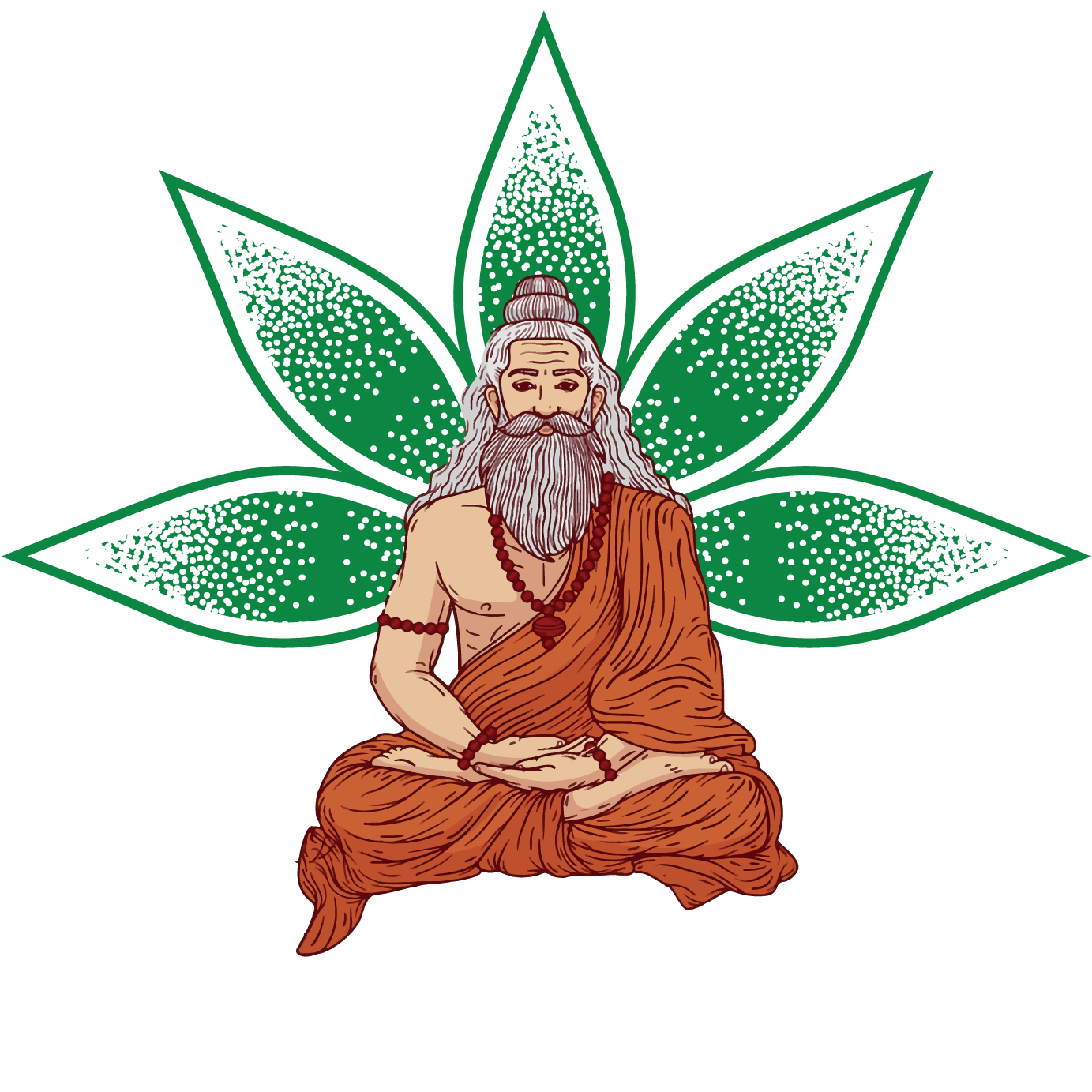
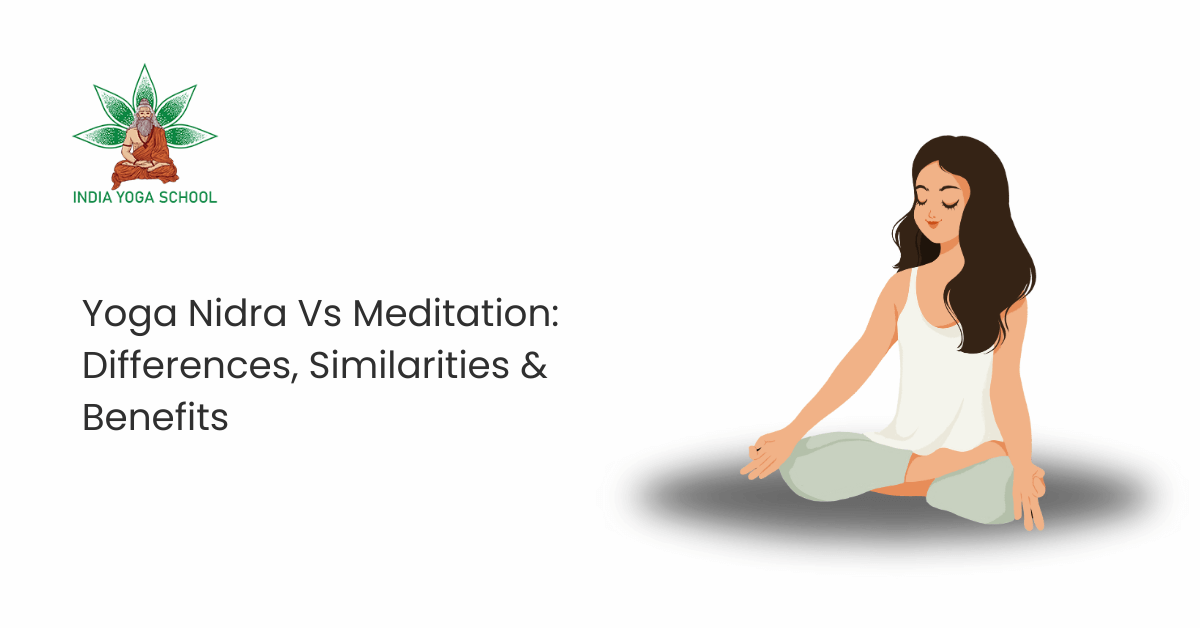
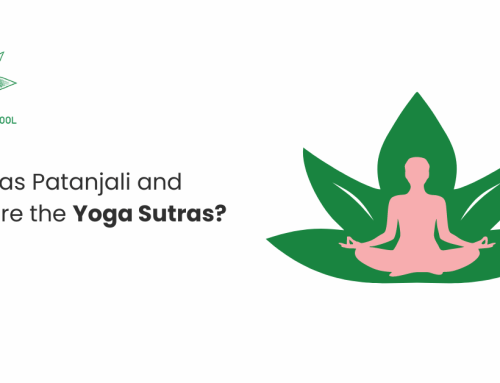
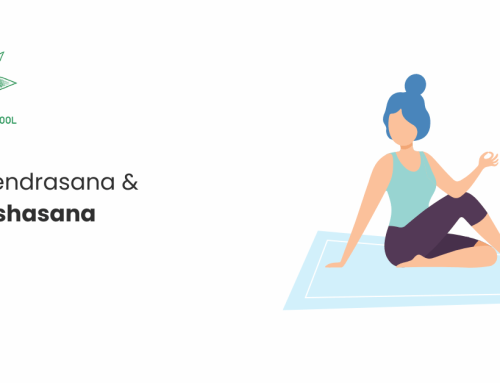
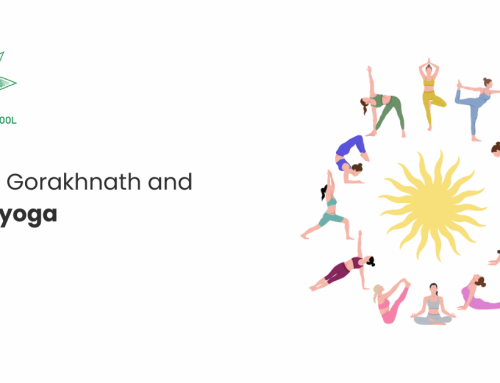
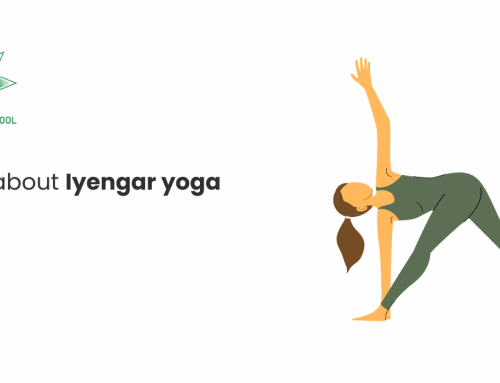
Leave A Comment